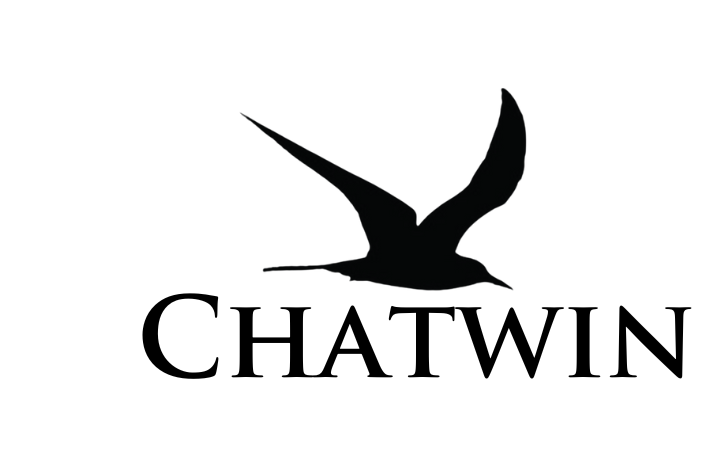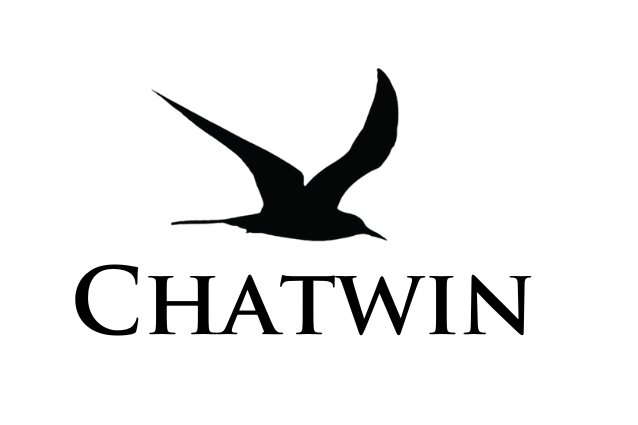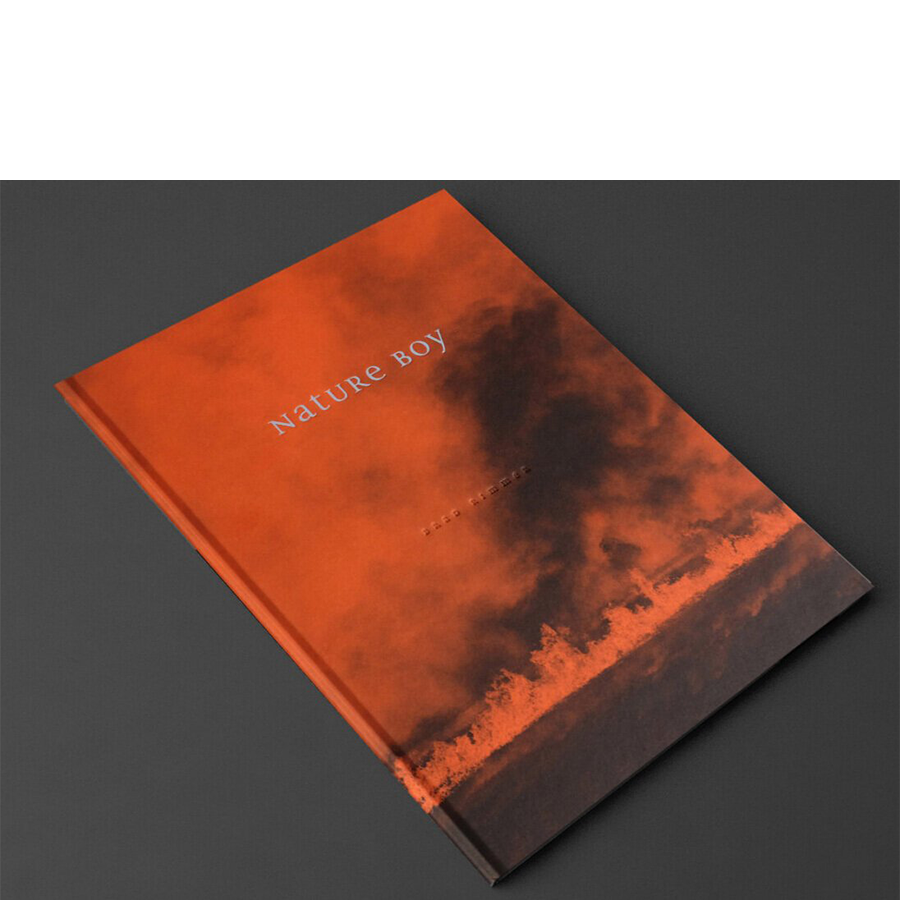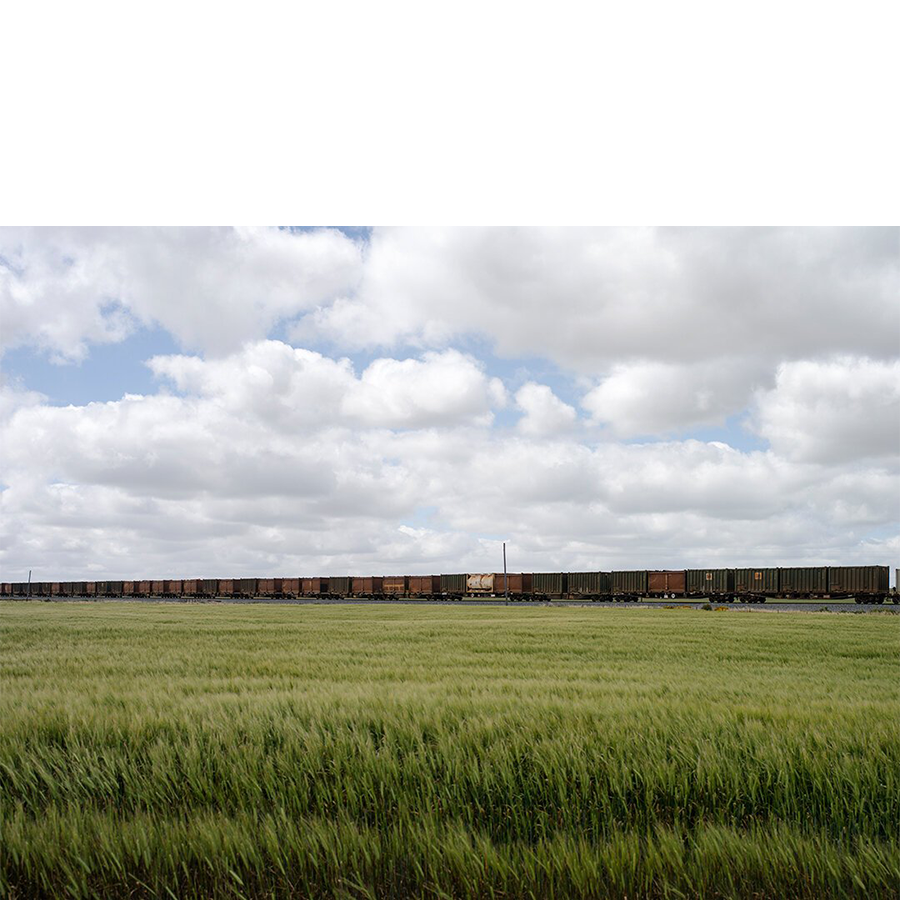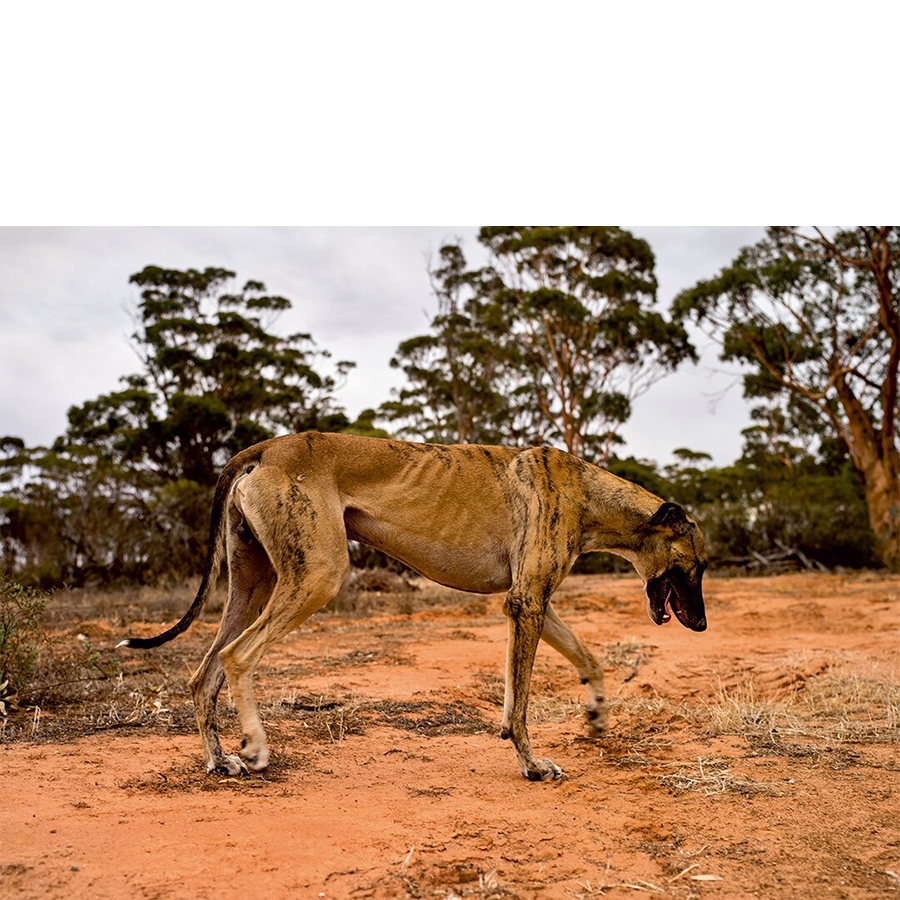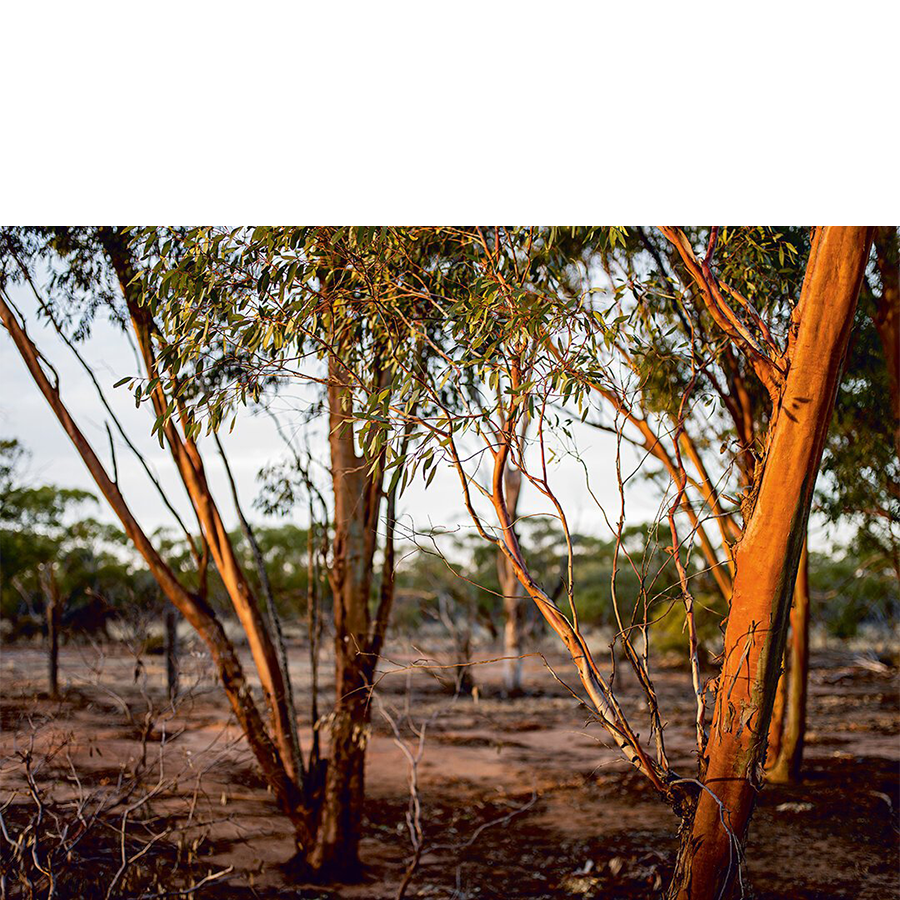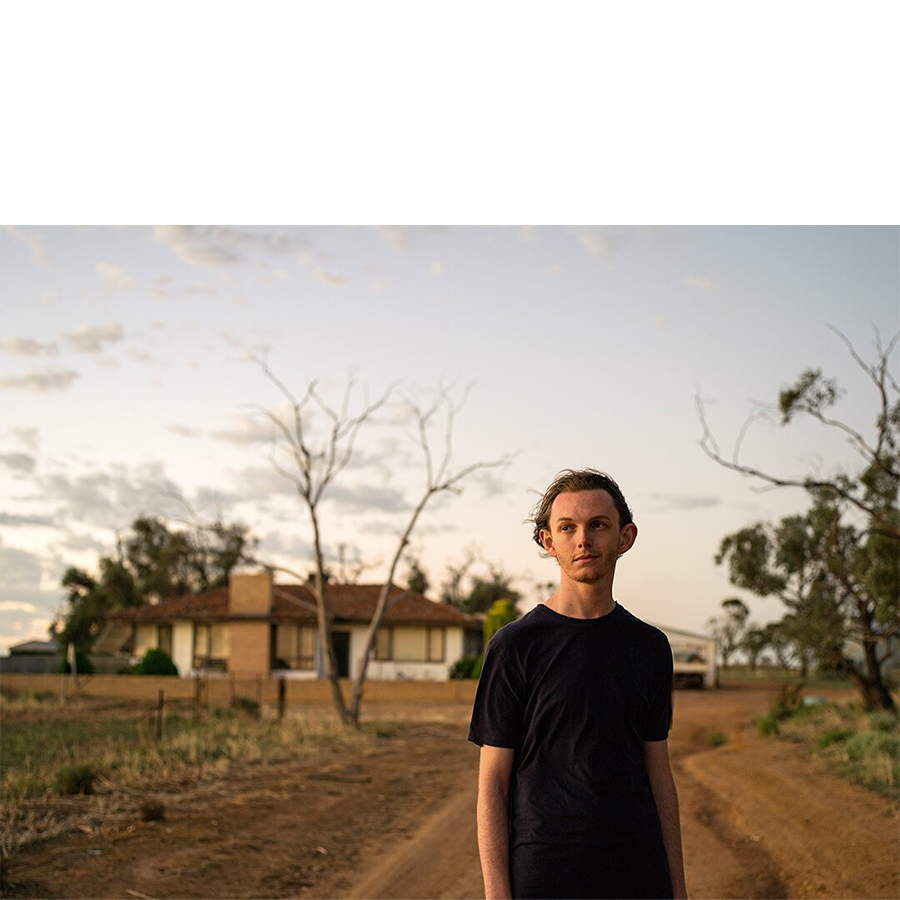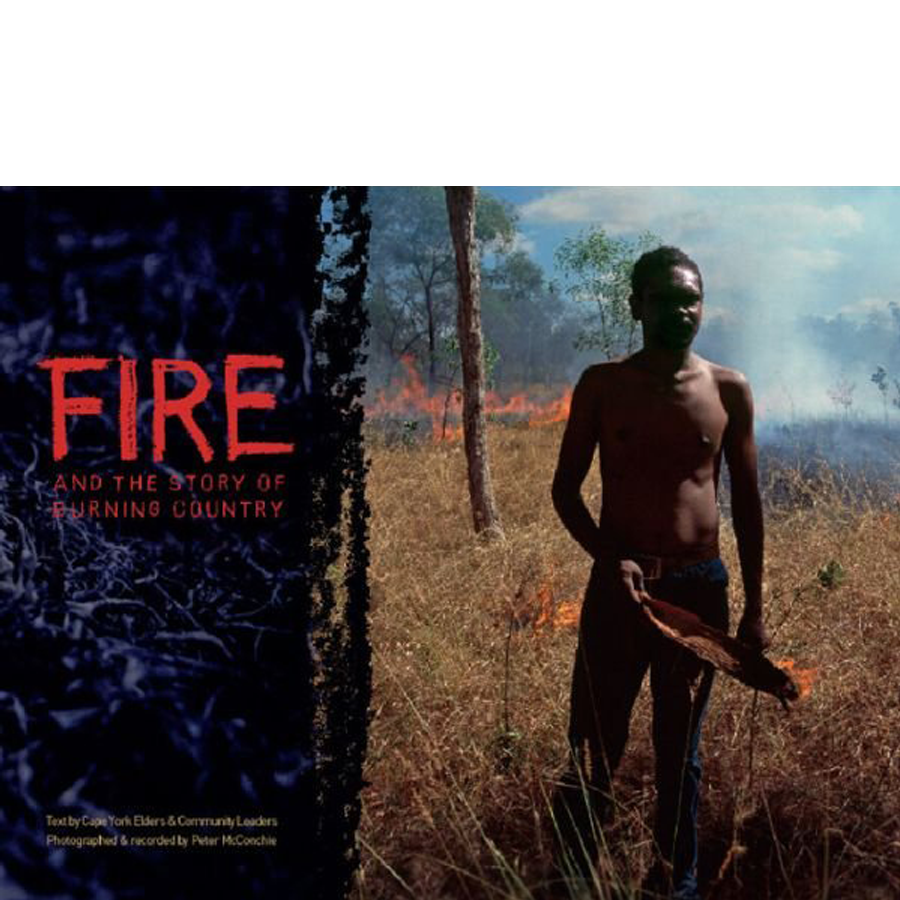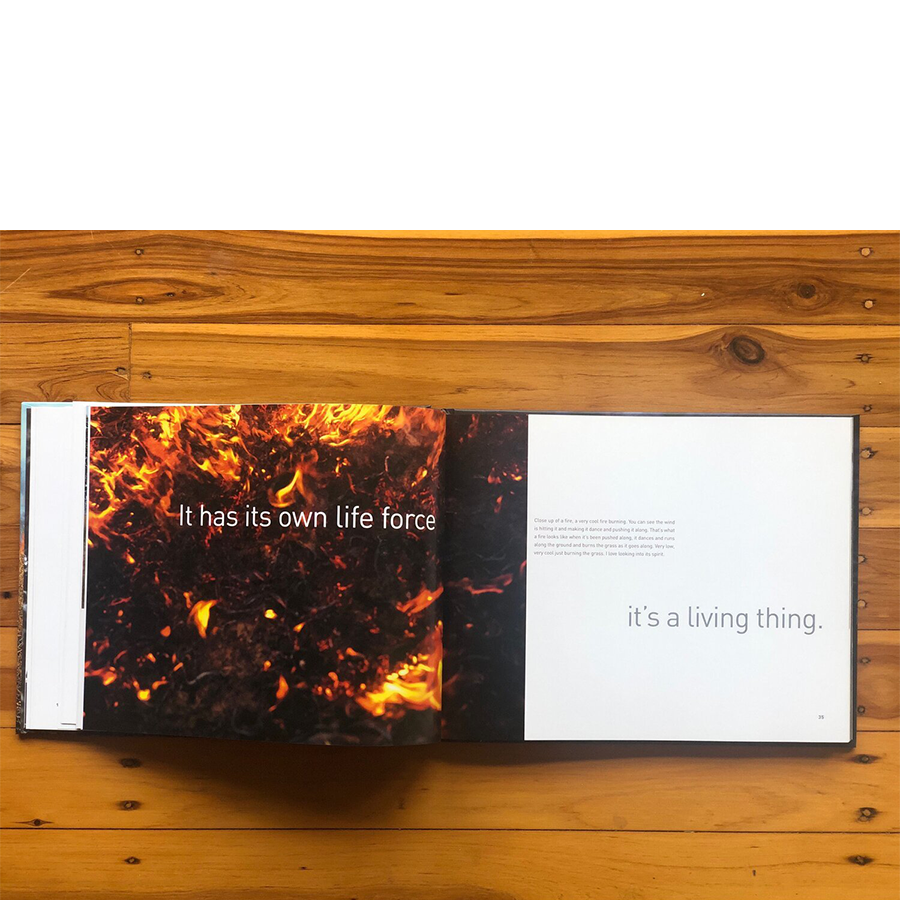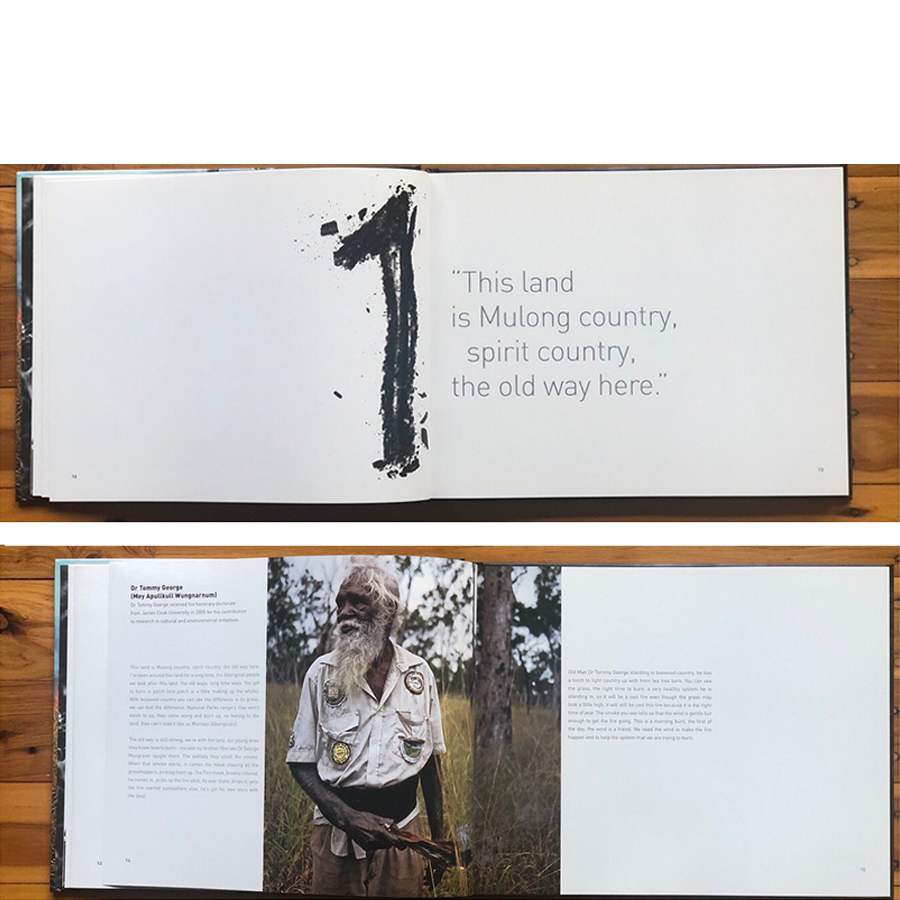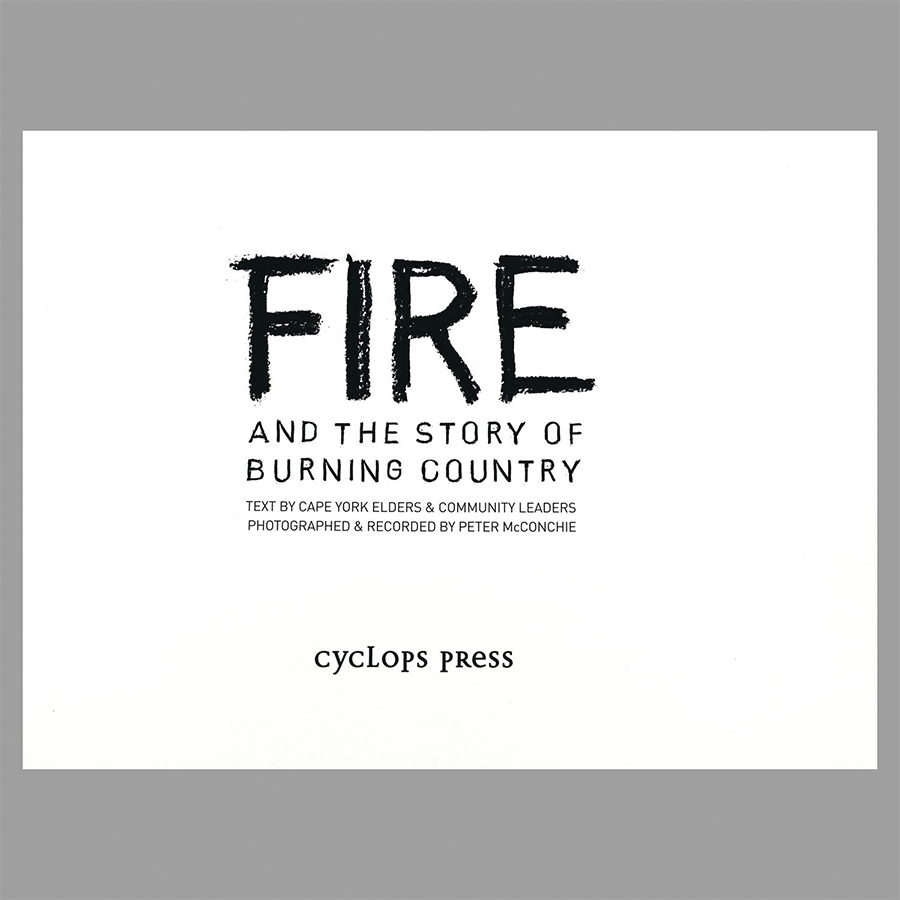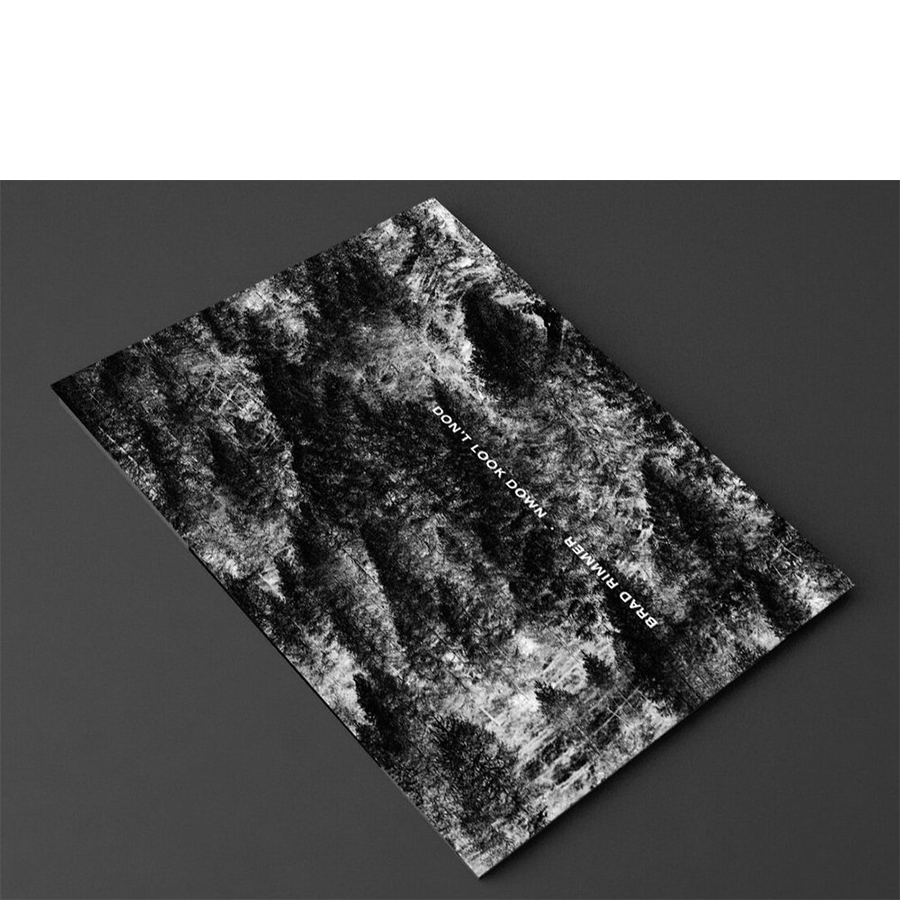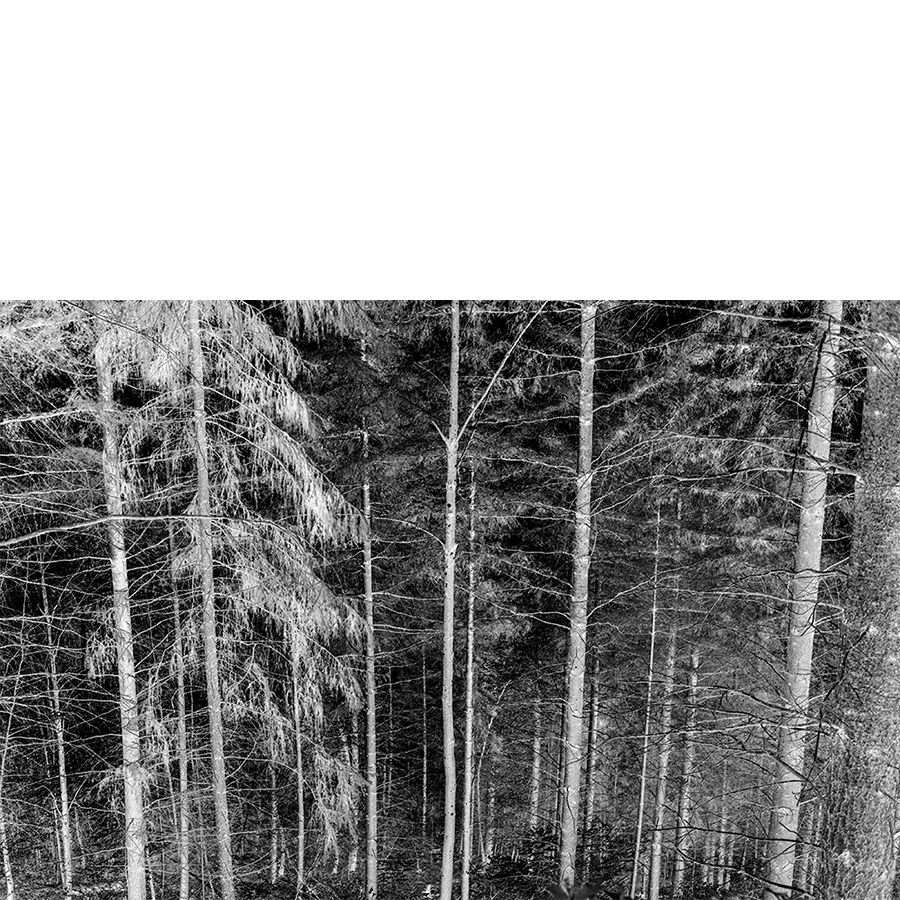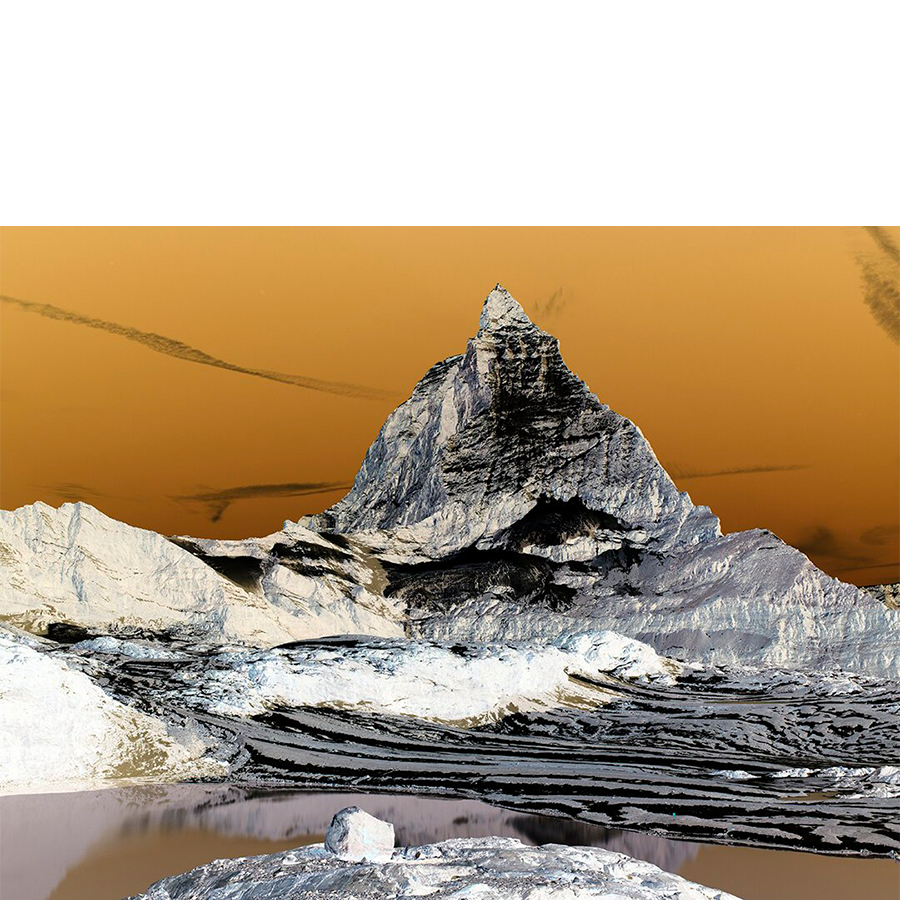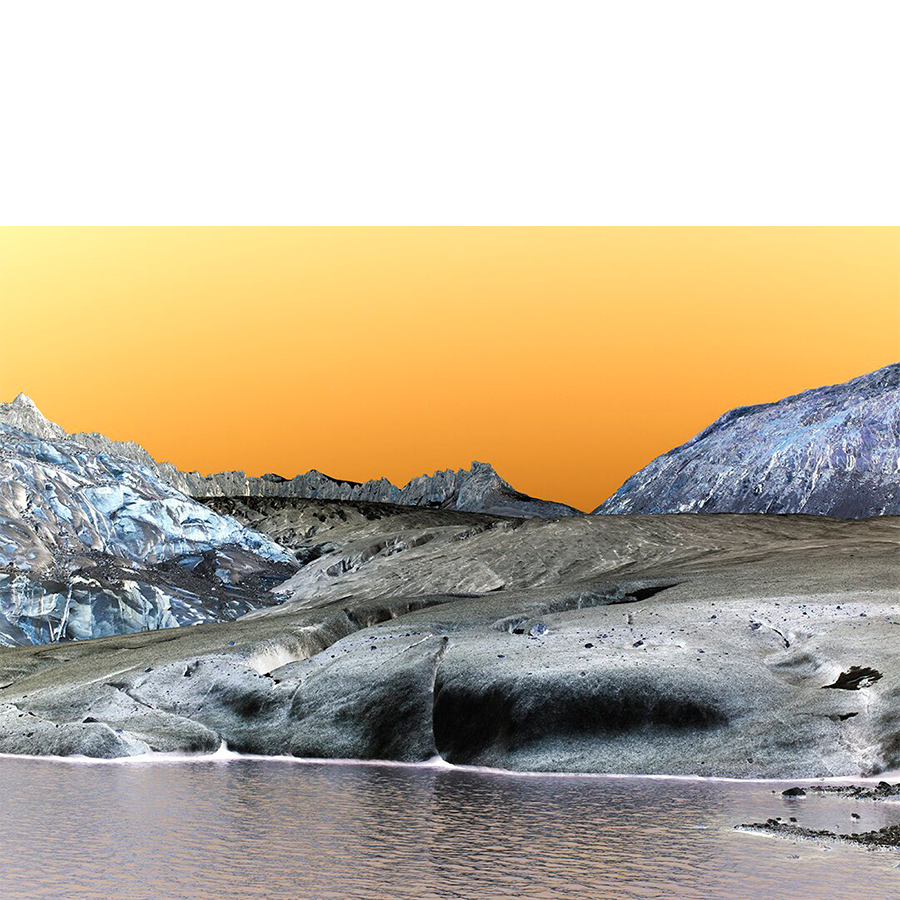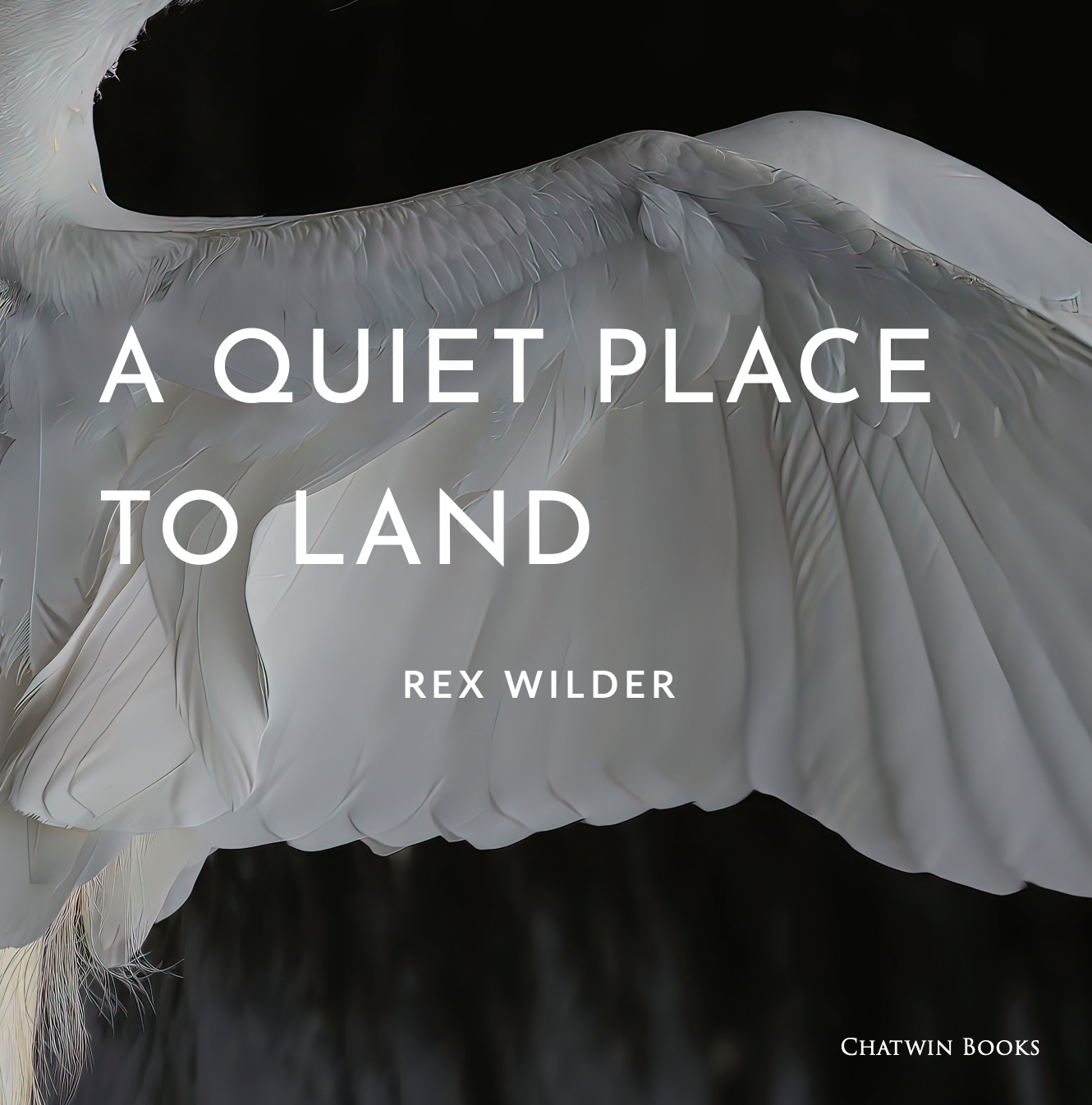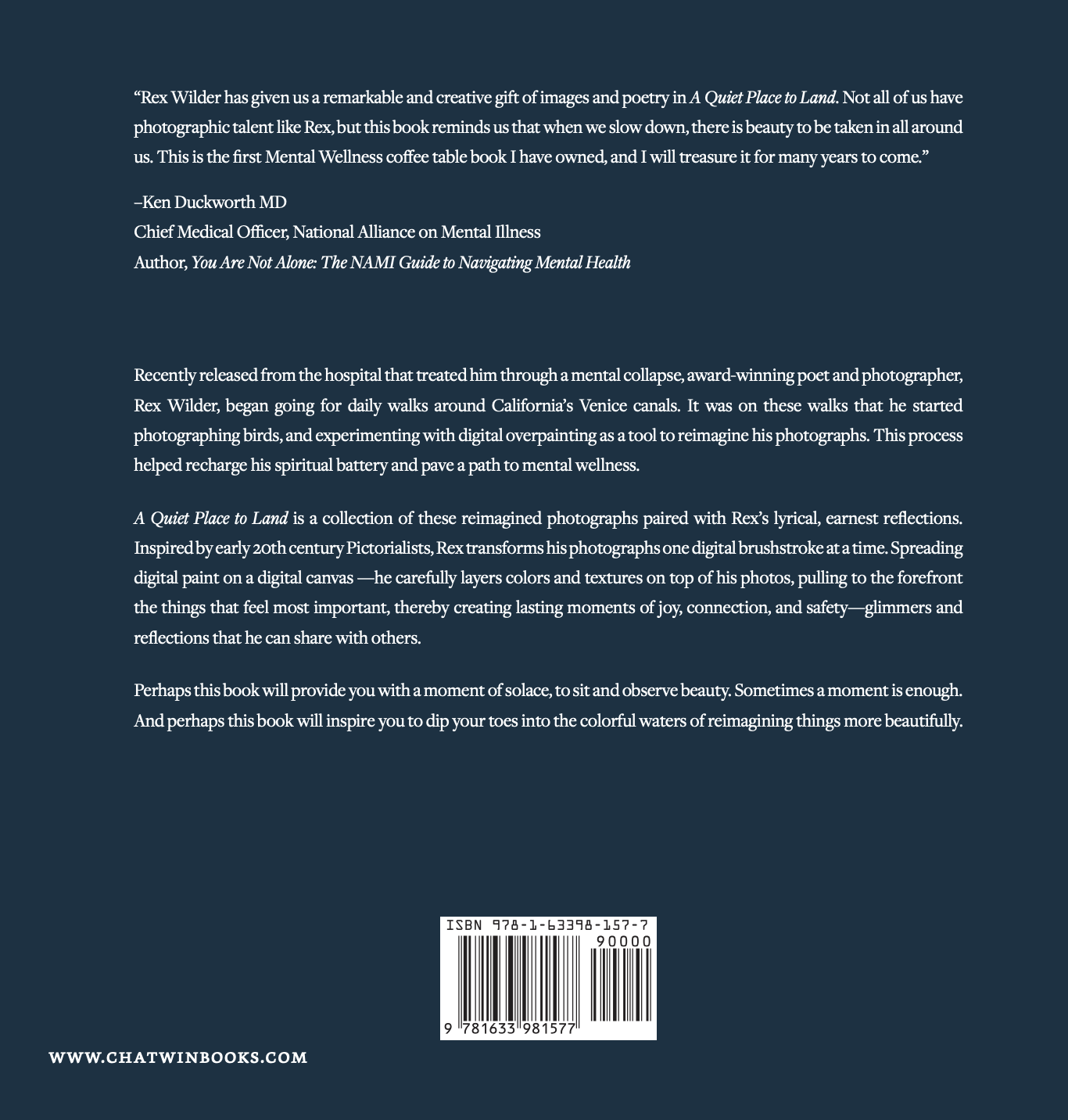Nature Boy (Signed Copy)
Published by T&G.
Distributed in North American by Chatwin Books. Customers outside North America (US, Canada, Mexico) can purchase this book directly from T&G Publishing here.
Nature Boy is a sequel to Australian photographer Brad Rimmer’s monograph Silence (2009). Probing at the essence of rural Australia and the emotional impact of the natural landscape upon individual psyches. Rimmer this time adds stories to the compendium. The raw, yet poetic narratives conjure the late adolescent years of a lad wrestling with whether to stay or leave his remote country homeland for the lure of the city and so much more. A coming-of-age account the elegant mix of observation and heartfelt reminiscence are almost autobiographical, and hint to the nascent sensibilities of the young Rimmer as an artist.
Nature Boy is a story about the ordinary; failing high school, the romance and fantasy of falling in love with almost every girl I knew and the sadness of never giving too much away in the pursuit of it. It’s a narrative about the past and its recurrence in the present. Normality is never far away; it’s a narrative that plays out over and over again in a small town.
It was 1981; I was nineteen, in limbo between teenage and adulthood, in youth and boredom drawn to the heady mix of cars and speed, sport and alcohol, any of life’s extremes that presented themselves. That year changed me.
You cannot be untouched by a landscape of absence. I was working on the wheat bins in the north-eastern wheatbelt. An unforgiving land of Mallee and Eucalyptus woodlands and red earth on the edge the grain belt. Where decades of over cropping and droughts create struggle that changes people, mentally and physically.
The memory of impacting incidents and this landscape still resonate with me today, like the red earth that stains everything. Events taken for granted while testing the fragile line between life and death in becoming a man, struggling with the timeless question of ‘should I stay or should I leave’, all a part of finding your place in a small rural fringe community. It’s our history, all of it, including the long-term effects of a single action on subsequent generations, where memories continue to resonate.
How does our history, our experiences and our emotions shape us? How do we arrive at a time in our lives when we can find a comfortable balance between looking back and looking ahead? How does our sensory archive collect sounds, music, smells, colours, shapes and the tiniest details to trigger memories, almost cinematically?
Over the past five years I have returned to the places where I worked on the wheat bins. These visits are still fraught with mixed emotions and disengaging with the past remains difficult. The subjects in my photographs are local young people, the same age I was in 1981. Our meetings are brief and intense. As they surrender to the portrait I can feel that sense of integrity and inquiring honesty that I felt as a teenager, though these subjects have no direct relationship with my past. The people in these photographs own their own histories and their presence speaks of resilience and a personal human condition. Each one is creating their own story, making choices, collecting and storing their memories.
On the last day of summer 2015, in that same wheatbelt landscape, a tragedy occurred. It was personal and while the circumstances leading up to it were sadly predictable, as tragedies seem to flow effortlessly from one generation to the next, it is still hard to accept. Maybe revisiting was a way to reconnect with that reality of place and circumstance that is never far away, reminding me where I came from and why I chose to leave. Now there is another scarred tree on a familiar country road that I can never pass without the memory of loss.
ISBN: 978-0-9870790-0-8, 96 pages, ca. 9.75 x 13.25 inches, hard cover.
Please note: Chatwin distributes Nature Boy only in North America (US, Canada, Mexico). Orders for shipment to other countries should be placed through T&G Publishing.
Published by T&G.
Distributed in North American by Chatwin Books. Customers outside North America (US, Canada, Mexico) can purchase this book directly from T&G Publishing here.
Nature Boy is a sequel to Australian photographer Brad Rimmer’s monograph Silence (2009). Probing at the essence of rural Australia and the emotional impact of the natural landscape upon individual psyches. Rimmer this time adds stories to the compendium. The raw, yet poetic narratives conjure the late adolescent years of a lad wrestling with whether to stay or leave his remote country homeland for the lure of the city and so much more. A coming-of-age account the elegant mix of observation and heartfelt reminiscence are almost autobiographical, and hint to the nascent sensibilities of the young Rimmer as an artist.
Nature Boy is a story about the ordinary; failing high school, the romance and fantasy of falling in love with almost every girl I knew and the sadness of never giving too much away in the pursuit of it. It’s a narrative about the past and its recurrence in the present. Normality is never far away; it’s a narrative that plays out over and over again in a small town.
It was 1981; I was nineteen, in limbo between teenage and adulthood, in youth and boredom drawn to the heady mix of cars and speed, sport and alcohol, any of life’s extremes that presented themselves. That year changed me.
You cannot be untouched by a landscape of absence. I was working on the wheat bins in the north-eastern wheatbelt. An unforgiving land of Mallee and Eucalyptus woodlands and red earth on the edge the grain belt. Where decades of over cropping and droughts create struggle that changes people, mentally and physically.
The memory of impacting incidents and this landscape still resonate with me today, like the red earth that stains everything. Events taken for granted while testing the fragile line between life and death in becoming a man, struggling with the timeless question of ‘should I stay or should I leave’, all a part of finding your place in a small rural fringe community. It’s our history, all of it, including the long-term effects of a single action on subsequent generations, where memories continue to resonate.
How does our history, our experiences and our emotions shape us? How do we arrive at a time in our lives when we can find a comfortable balance between looking back and looking ahead? How does our sensory archive collect sounds, music, smells, colours, shapes and the tiniest details to trigger memories, almost cinematically?
Over the past five years I have returned to the places where I worked on the wheat bins. These visits are still fraught with mixed emotions and disengaging with the past remains difficult. The subjects in my photographs are local young people, the same age I was in 1981. Our meetings are brief and intense. As they surrender to the portrait I can feel that sense of integrity and inquiring honesty that I felt as a teenager, though these subjects have no direct relationship with my past. The people in these photographs own their own histories and their presence speaks of resilience and a personal human condition. Each one is creating their own story, making choices, collecting and storing their memories.
On the last day of summer 2015, in that same wheatbelt landscape, a tragedy occurred. It was personal and while the circumstances leading up to it were sadly predictable, as tragedies seem to flow effortlessly from one generation to the next, it is still hard to accept. Maybe revisiting was a way to reconnect with that reality of place and circumstance that is never far away, reminding me where I came from and why I chose to leave. Now there is another scarred tree on a familiar country road that I can never pass without the memory of loss.
ISBN: 978-0-9870790-0-8, 96 pages, ca. 9.75 x 13.25 inches, hard cover.
Please note: Chatwin distributes Nature Boy only in North America (US, Canada, Mexico). Orders for shipment to other countries should be placed through T&G Publishing.
Published by T&G.
Distributed in North American by Chatwin Books. Customers outside North America (US, Canada, Mexico) can purchase this book directly from T&G Publishing here.
Nature Boy is a sequel to Australian photographer Brad Rimmer’s monograph Silence (2009). Probing at the essence of rural Australia and the emotional impact of the natural landscape upon individual psyches. Rimmer this time adds stories to the compendium. The raw, yet poetic narratives conjure the late adolescent years of a lad wrestling with whether to stay or leave his remote country homeland for the lure of the city and so much more. A coming-of-age account the elegant mix of observation and heartfelt reminiscence are almost autobiographical, and hint to the nascent sensibilities of the young Rimmer as an artist.
Nature Boy is a story about the ordinary; failing high school, the romance and fantasy of falling in love with almost every girl I knew and the sadness of never giving too much away in the pursuit of it. It’s a narrative about the past and its recurrence in the present. Normality is never far away; it’s a narrative that plays out over and over again in a small town.
It was 1981; I was nineteen, in limbo between teenage and adulthood, in youth and boredom drawn to the heady mix of cars and speed, sport and alcohol, any of life’s extremes that presented themselves. That year changed me.
You cannot be untouched by a landscape of absence. I was working on the wheat bins in the north-eastern wheatbelt. An unforgiving land of Mallee and Eucalyptus woodlands and red earth on the edge the grain belt. Where decades of over cropping and droughts create struggle that changes people, mentally and physically.
The memory of impacting incidents and this landscape still resonate with me today, like the red earth that stains everything. Events taken for granted while testing the fragile line between life and death in becoming a man, struggling with the timeless question of ‘should I stay or should I leave’, all a part of finding your place in a small rural fringe community. It’s our history, all of it, including the long-term effects of a single action on subsequent generations, where memories continue to resonate.
How does our history, our experiences and our emotions shape us? How do we arrive at a time in our lives when we can find a comfortable balance between looking back and looking ahead? How does our sensory archive collect sounds, music, smells, colours, shapes and the tiniest details to trigger memories, almost cinematically?
Over the past five years I have returned to the places where I worked on the wheat bins. These visits are still fraught with mixed emotions and disengaging with the past remains difficult. The subjects in my photographs are local young people, the same age I was in 1981. Our meetings are brief and intense. As they surrender to the portrait I can feel that sense of integrity and inquiring honesty that I felt as a teenager, though these subjects have no direct relationship with my past. The people in these photographs own their own histories and their presence speaks of resilience and a personal human condition. Each one is creating their own story, making choices, collecting and storing their memories.
On the last day of summer 2015, in that same wheatbelt landscape, a tragedy occurred. It was personal and while the circumstances leading up to it were sadly predictable, as tragedies seem to flow effortlessly from one generation to the next, it is still hard to accept. Maybe revisiting was a way to reconnect with that reality of place and circumstance that is never far away, reminding me where I came from and why I chose to leave. Now there is another scarred tree on a familiar country road that I can never pass without the memory of loss.
ISBN: 978-0-9870790-0-8, 96 pages, ca. 9.75 x 13.25 inches, hard cover.
Please note: Chatwin distributes Nature Boy only in North America (US, Canada, Mexico). Orders for shipment to other countries should be placed through T&G Publishing.
